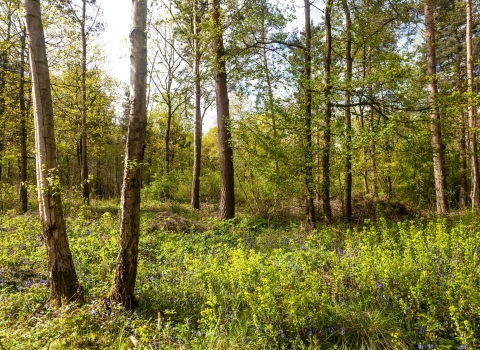The Trust manage several important wildlife-rich semi-natural ancient woodlands where it has become necessary to undertake some culling of deer.
The decision is a difficult one for the Trust to take and has attracted some concern, so it’s worth taking time to explain our decision to cull in some of our woodland reserves.
Our wildlife-rich semi-natural ancient woodlands are often ecologically isolated, making them both valuable and very vulnerable. They are home to a distinct ecology of rare wildflowers and animals such as dormouse, lesser-spotted woodpecker and Bechstein’s bat. In particular our woods are home to strong populations of woodland butterflies and such is their importance we have re-introduced the critically threatened wood white butterfly at one of our sites.
With no natural predators, populations of wild deer have flourished. This is causing significant damage to the flora and structure of these ancient woodlands and threatens the already vulnerable populations of some of the rarest species mentioned above.
After investing significant time and resources over many years into alternative methods of control such as fencing, annual monitoring has shown that these methods are not sufficient to protect the rarest woodland species. As a measure of last resort, the Trust has taken the decision to reduce deer populations to bring impacts to a level that will not cause localised extinction of endangered species on our nature reserves. We continue to monitor the impacts of deer on our woodlands and review management annually based on the results of these surveys.
You can read our policy in full.

